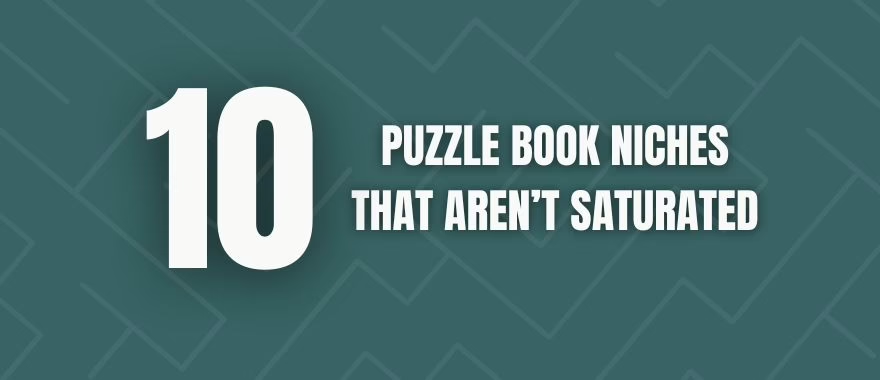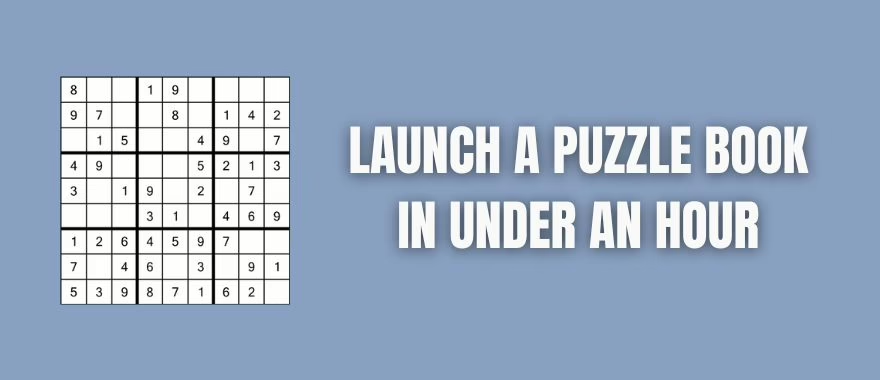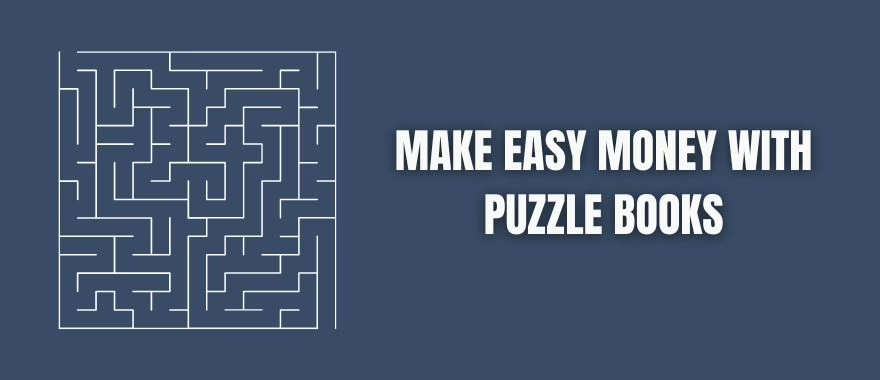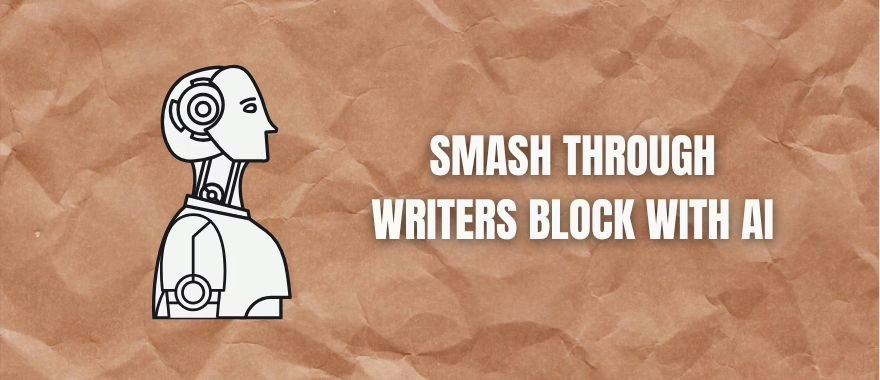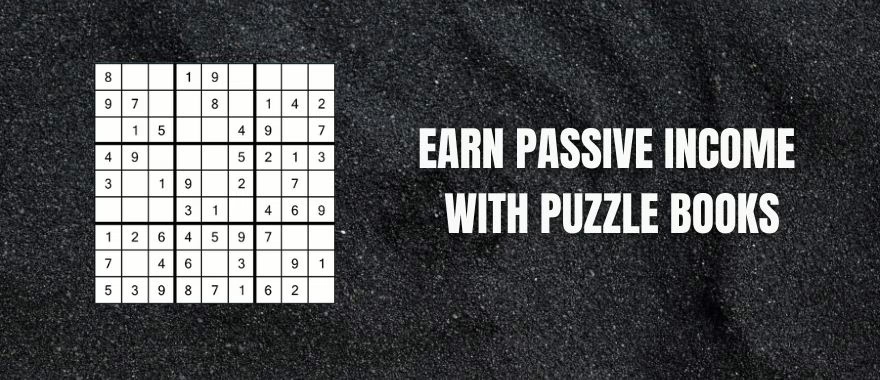If you’ve been thinking about creating puzzle books for Amazon KDP but don’t know where to start, this is for you. The truth is, most people overcomplicate it. They try to find some secret niche that no one’s touched before. But you don’t need to invent anything new. You just need to look at what’s already working and do it better – or do it with a twist.
There are plenty of puzzle book niches that are still wide open. And if you focus on one audience at a time, you can build books that sell without relying on luck. Here are 10 solid niches you can enter today without needing any special tools beyond a good puzzle generator and a bit of keyword research.
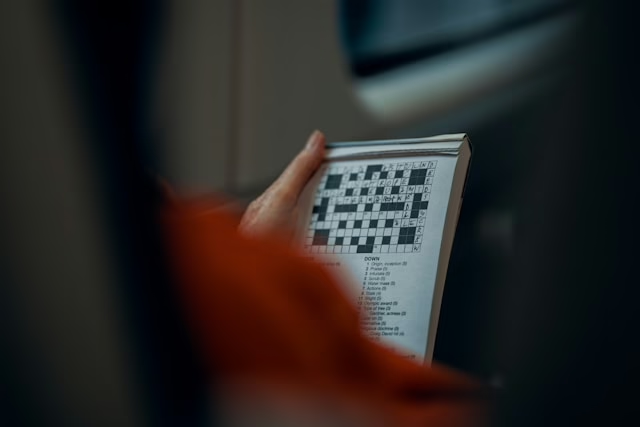
1. Seniors
This niche continues to perform well for one reason: the demand never stops. Seniors love puzzles that keep their minds active, and they prefer books with large print and simple instructions. You can make word searches, crosswords, sudoku, and logic puzzles. Just make sure the font is big and the layout is clean.
Titles like “Easy Word Search for Seniors” or “Large Print Sudoku for Older Adults” sell steadily. You don’t need to be fancy. Just make it readable and focused on clarity. Find some puzzles that aren’t listed as often on Amazon and use Publisher Rocket to see if people are searching for them. If there’s little competition, then you’re likely to rank well in Amazon’s search results.
2. Kids Ages 4–8
This group loves activity books. Parents are always searching for screen-free ways to keep their kids busy, especially during travel, holidays, and school breaks. Puzzles for this age group include simple mazes, matching games, dot-to-dots, and beginner word searches.
Themes matter here. You can’t just create a “Kids Puzzle Book.” Go specific: “Dinosaur Mazes for Boys Age 5” or “Unicorn Word Games for Girls Age 6.” The more targeted you are, the better it’ll rank and convert.
3. Truck Drivers
You wouldn’t expect it, but this niche is full of opportunity. Long hours on the road means truckers are always looking for something to pass time during breaks. Puzzle books give them something they can carry in the cab and work on whenever they stop.
Think about what they relate to: travel, highways, food stops, big rigs, weather. You can create books with crossword clues about states, road signs, or fuel stops. Even a general word search with a trucking-themed cover works better than a generic one.
4. Teachers
Teachers use puzzle books as learning tools and time-fillers in the classroom. If you can tie puzzles to specific school subjects or age levels, you’ll stand out. Think spelling words, basic math problems, geography challenges, or grammar puzzles.
Don’t just make it fun – make it useful. A “5th Grade Vocabulary Word Search” is more appealing than a plain “Word Search for Kids.” Teachers buy in bulk. If they like it, they’ll get more.
5. Bible Study & Christian Themes
Faith-based puzzle books sell consistently. Churches, Sunday schools, and families often look for clean, educational entertainment that aligns with their values. You can create word searches based on Bible verses, characters, or books of the Bible. You can also do memory puzzles, quizzes, or cryptograms using Christian messages.
This niche appreciates clear design, respectful tone, and meaningful content. The audience is loyal and often buys multiple titles if they trust your work.
6. Brain Training & Memory Improvement
This niche often overlaps with senior books, but it’s bigger than that. People of all ages want to improve memory, focus, and problem-solving skills. Puzzle types like logic grids, number patterns, and lateral thinking challenges fit perfectly here.
Position the book as “Brain Training” rather than just “Puzzles.” Titles like “Daily Mental Workout” or “Boost Your Brain in 10 Minutes a Day” give buyers a reason to stick to a routine.
7. Anxiety & Stress Relief
Puzzle books marketed for stress relief can be powerful. The trick is to combine calming design with relaxing puzzle types. Easy word searches, light logic puzzles, and coloring elements work well. Some even include short affirmations or breathing tips between pages.
The tone matters here. Covers should feel peaceful, not loud. Use soft fonts, calming colors, and simple titles like “Relaxing Word Puzzles” or “Stress Relief Games for Busy Minds.”
8. Holiday & Seasonal Themes
These books are perfect for short bursts of traffic. Christmas, Halloween, Easter, summer break – each season brings its own buying spike. Parents, teachers, and gift-givers search for themed books that are quick to ship.
Create “Christmas Word Searches for Kids” or “Halloween Mazes for Ages 5–7.” They don’t need to be long or complex. Just deliver on the theme. Make sure to publish early enough – about 60–90 days before the holiday hits.
e the kinds of titles that get picked up fast.
9. Gardening
This one flies under the radar, but gardeners love their niche. Puzzle books with plant names, flower types, garden tools, or seasonal planting terms work really well – especially with relaxing layouts and soft designs.
Use titles like “Gardeners’ Word Puzzle Book” or “Flower-Themed Sudoku.” You can even tie it to specific zones or styles like “Urban Garden Logic Puzzles.”
10. Sports & Fitness
You’ve got lots of room here. Football fans, tennis players, runners, gym lovers – each of them is a potential buyer. Create puzzles around sports rules, famous players, equipment, or common terms.
Make it niche-specific: “Baseball Word Games” or “Yoga-Themed Brain Puzzles.” These books do well as gifts and are popular among teenagers and young adults.
These are some easy niches to get into that have a lot of space in them to grow. I’m sure you thought up a few ideas simply from reading a bit about them. Get your first book out and you can always work on new ideas later. Most people never get started – as they get stuck in the planning phase. Your books could have been selling or years already – the sooner you get started, the sooner you can make your first sale.
My Preferred Puzzle Generator
As for quality – I use this puzzle generator to create amazing puzzles. It also help with the more complicated things in KDP – trim size, bleed, gutters, page numbers, etc. You simply click a button and it’ll make necessary changes to every aspect of your puzzle book for you.
My Preferred Keyword Research Tool
If you already have your book ready to go and want to massively enhance the chances of your book landing at the top of Amazon searches, be sure to use a keyword research tool. This type of tool finds the least competitive keywords to use in your title, description and especially the 7 keywords boxes that Amazon KDP makes you fill in when publishing a book. The great thing about this tool is that there’s no subscription. You pay once and use it forever. I’ve been using it for years for low content books, puzzle books, novels and even audiobook keyword research. It’s saved me thousands.
And there you go. That’s everything you need to get your very first book published and selling on Amazon KDP.

